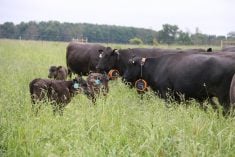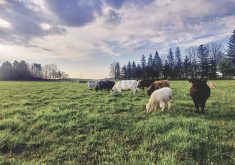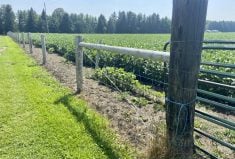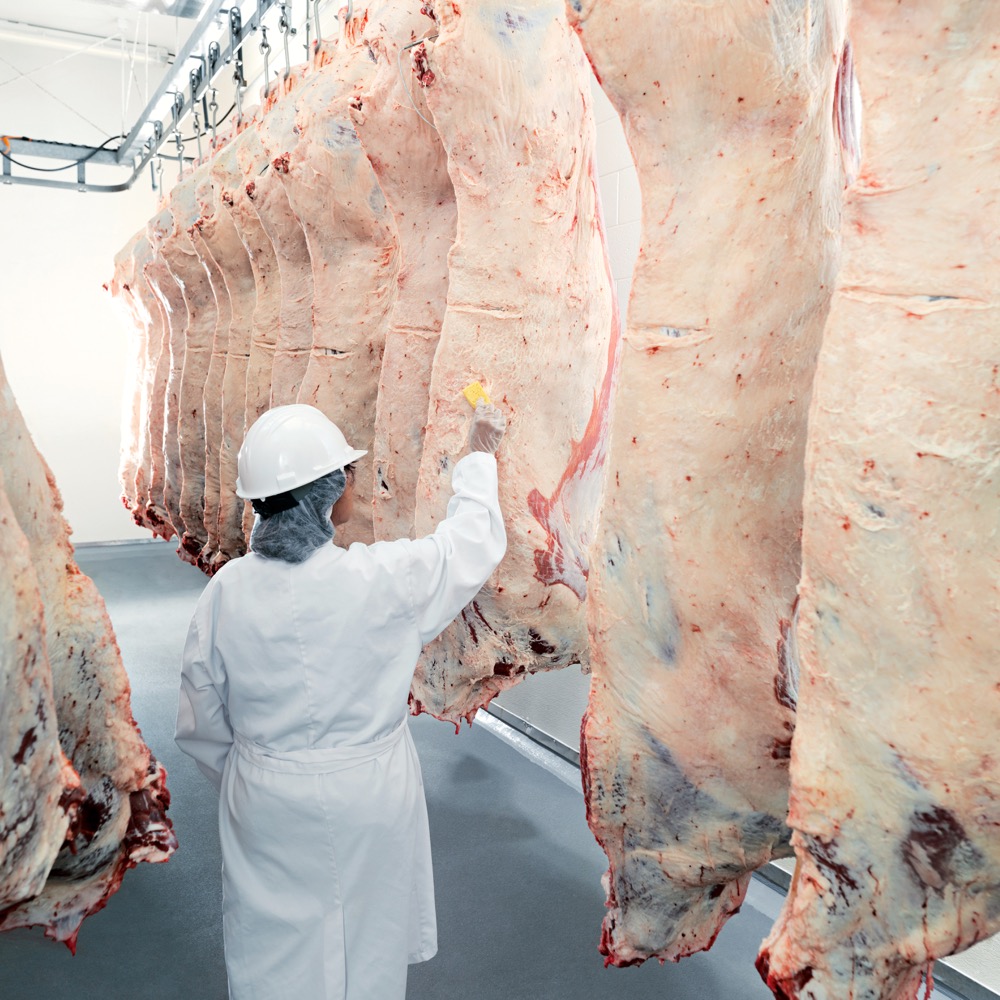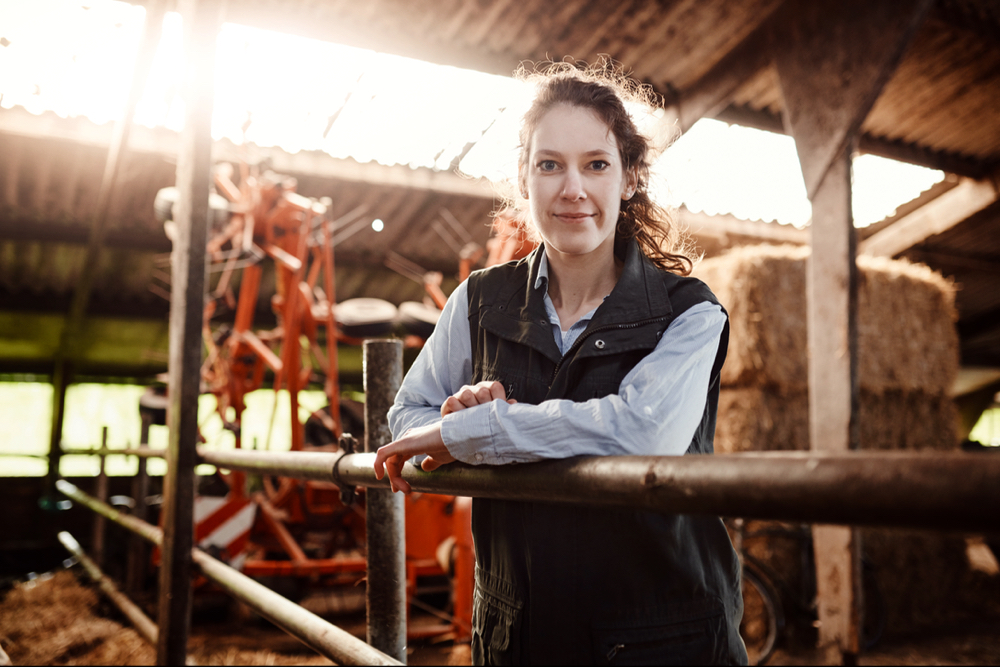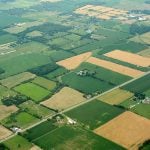I was recently in Manitoba on a tour of farms when I came to the new education hall of the Manitoba Beef and Forage Initiative (MBFI).
It’s a simple building located at the MBFI Brookdale Farm north of Brandon, but there, some interesting magic happens that could be a model to provide industry focus on challenges in the sector.
In Manitoba, that challenge is how to support the beef industry so that enough cattle remain on farms to maintain prairie grasslands. Those grasslands have been degraded as so many more acres have moved into crops. Those soybean, canola, corn, wheat and pulse crop fields used to be grazed by cattle, and before them bison and deer and other animals.
Read Also
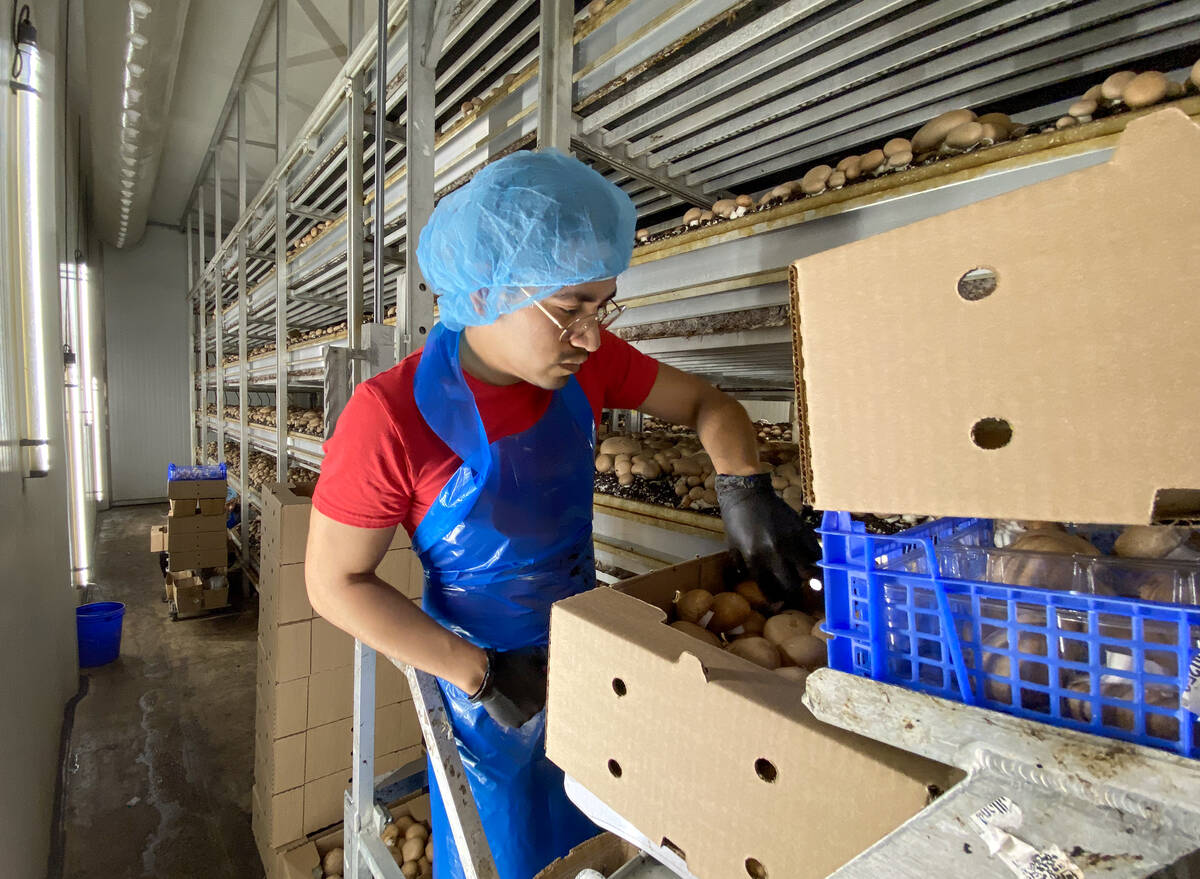
Ontario’s other economic engine: agriculture and food
Ontario Federation of Agriculture president, Drew Spoelstra, says Ontario’s agriculture and agri-food sector should be recognized for its stability and economic driving force.
It’s a classic case of groups with different main interests and needs coming together to solve another problem that affects them both.
Christian Artuso, Manitoba program director for Bird Studies Canada is a good example. A former vegetarian when he arrived on the prairies to continue his education, he realized how important beef farming is to the maintenance of the prairie ecosystem in order to keep the birds he studies thriving.
And they haven’t thrived, with some Prairie bird species numbers down by 95 per cent over the past 60 years.
Artuso is working with groups that now help to encourage more meat animals in the province.
The MBFI is a collaboration among Manitoba Agriculture, Manitoba Beef Producers (MBP), Ducks Unlimited Canada (DUC) and the Manitoba Forage and Grassland Association (MFGA).
Together the umbrella organization is greater than its parts. It recently hired its first full-time general manager and is creating research projects around the province. It was able to secure the use of long-term Agriculture and Agri-Food Canada forage research lands just outside of Brandon when AAFC shut down its beef research program in the province. It is running many trials on beef and grazing – bale grazing, corn grazing, rotational grazing and ways to keep water running to cows during the winter.
Ontario examples
I’m not a big fan of increasing the number of organizations serving agriculture, including having organizations create more organizations. The amalgamations we have had in agriculture have served the sector well. Grain Farmers of Ontario has more stability and effectiveness than its predecessors would have had.
There are some examples in Ontario already. The Thames River Phosphorus Reduction Collaborative brings together conservation groups and agriculture groups so that both sides have some say in what solutions are found to manage phosphorus load going into Lake Erie. Together it is more efficient to coordinate research funding and communications on the issue.
There are other smaller projects that have come together – after all, in order to qualify for organization-level funding for the Growing Forward programs and the new Canadian Agricultural Partnership, a group has to be part of a collaboration of some sort.
One of the most interesting parts of the MBFI is its ability to bring together people who might not have been considered a ‘fan’ of a practice – say farming’s impact on the environment – to support something that makes sense for both groups. In this case it’s encouraging beef farming to maintain Prairie habitat.
I also heard this sort of language when I talked to people and organizations around the plan for a National Food Policy for Canada. Food security groups realized that there are ways they need to support the message of agriculture – even if they have some issues with some branches of food production. In the same way, farm groups have had to work with environmental and food security groups.
As some people in Manitoba found, when they came together to work on one project, a portion of their worldview changed.




